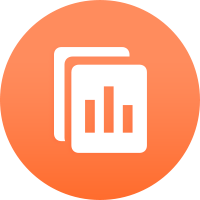Gold is back in the profitable zone with bullion markets recording a spike in prices on October 29, 2025. After a constant decline in its price for a week or so, gold has recovered across weights.
The per-gram price of 24K gold reached INR 12,240, rising from INR 12,082 yesterday. As a result, the 10-gram price now stands at INR 1,22,400, growing from INR 120,820.
On the other hand, the 22K gold’s one-gram price jumped by INR 145 to INR 11,220. This made the 10-gram price reach INR 1,12,200, recording a gain of INR 1,450 over the previous trading session.
Gold is back in the profitable zone with bullion markets recording a spike in prices on October 29, 2025. After a constant decline in its price for a week or so, gold has recovered across weights.
The per-gram price of 24K gold reached INR 12,240, rising from INR 12,082 yesterday. As a result, the 10-gram price now stands at INR 1,22,400, growing from INR 120,820.
On the other hand, the 22K gold’s one-gram price jumped by INR 145 to INR 11,220. This made the 10-gram price reach INR 1,12,200, recording a gain of INR 1,450 over the previous trading session.
















